Description
Description :
- Sub-micrometric universal-chroma composite
- Mirrors the shade of the tooth, like a chameleon effect.
- Practicality and economy with high esthetic performance
Benefits :
- Chameleon effect
Copies the shade of the dental substrate during the polymerization process, achieving perfect mimicry thanks to the chromatic mirroring characteristics of the composite.
- Universal chroma
From Bleach to D4 with just one shade of composite! It does not require stratification in most cases and allows the adoption of a simple incremental technique, without using different degrees of opacity/translucency.
- Agility and economy
It does not require shade selection and, therefore, makes it faster to complete restorative procedures, increases the productivity of the professional and reduces the stock of composite shades.
- High esthetics and mechanical resistance
In addition to excellent shine and polishing, it has high rates of flexural strength and fracture toughness to withstand the stress resulting from masticatory forces
- Exclusive APS Technology(Advanced Polymerization System)
Longer working time even under the reflector's light, more efficient photopolymerization, increased mechanical properties, superior esthetics with shade transmission and mirroring facilitated thanks to the more transparent photoinitiators of the APS technology (compatible with all light emitting light-curing devices).
- BPA Free, ensuring safety and health Safety and health
for the patient! Studies shiw the interference of the compound Bisphenol A (BPA) in the endocrine system and in fetal and child development, in addition to reproductive problems. Although the amount of BPA released in saliva by resinous materials is much less than the safety limit dose, there is a worldwide trend to remove BPA from restorative dental products.
- Smart syringe Smart-Lock lid:
ergonomics and easy handling. Dosing tip for precise portions and without waste, in addition to biosafety: it prevents the placement of the spatula inside the tube, reducing the risk of cross contamination.
Recommendations :
Permanent and deciduous teeth;
Direct restorations on anterior and posterior teeth (classes I, II, III, IV, V and VI);
Important :
cavities class I, II, V and VI: in case of darkening, cover the area with dentin composite or opacifiers (according to the professional choice) and proceed with the incremental technique restoration with Vittra APS Unique. Class III and IV cavities (without a back wall to support the shade): make a layer that will serve as a background for the restoration and finish the rest of the volume with Vittra APS Unique in an incremental way.
Step by step:
- Step 1 of 16
![Figure 10[2]](https://fgmdentalgroup.com/wp-content/uploads/2022/11/Figura20102.jpg)
- Anterior teeth: for the beginning of the restorative process, absolute isolation was performed with a rubber sheet to control humidity and improve the visualization of the operative field.
- Step 2 of 16
![Figure 11[1]](https://fgmdentalgroup.com/wp-content/uploads/2022/11/Figura20111-2.jpg)
- Conditioning of the enamel performed with Condac 37 (phosphoric acid 30% - FGM) throughout the vestibular surface of the right upper central incisor in order to ensure adhesion of the composite resin at any point of this tooth. The adjacent teeth were protected with Teflon tape.
- Step 3 of 16
![Figure 12[1]](https://fgmdentalgroup.com/wp-content/uploads/2022/11/Figura20121-1.jpg)
- After abundant washing and drying of the enamel, the Ambar Universal APS Adhesive System (FGM) was applied, where one can notice the almost colorless aspect, characteristic of this adhesive for having little camphoroquinone; with the aid of a long Cavibrush (FGM), to improve spread the adhesive over the wide vestibular surface.
- Step 4 of 16
![Figure 13[1]](https://fgmdentalgroup.com/wp-content/uploads/2022/11/Figura20131-1.jpg)
- Photopolymerization is enhanced by the presence of APS (Advanced Polymerization System) in the formulation of Ambar Universal.
- Step 5 of 16
![Figure 14[1]](https://fgmdentalgroup.com/wp-content/uploads/2022/11/Figura20141-1.jpg)
- An increment of Vittra APS Unique resin was brought to the vestibular surface and gently sculpted.
- Step 6 of 16
![Figure 15[1]](https://fgmdentalgroup.com/wp-content/uploads/2022/11/Figura20151.jpg)
- The manipulation of the composite resin is facilitated by its low stickiness.
- Step 7 of 16
![Figure 16[1]](https://fgmdentalgroup.com/wp-content/uploads/2022/11/Figura20161.jpg)
- The composite resin was sculpted with the aid of a rolling nonstick tip spatula that rotates to spread the dough evenly, without bubbles.
- Step 8 of 16
![Figure 17[1]](https://fgmdentalgroup.com/wp-content/uploads/2022/11/Figura20171.jpg)
- Aspect of the central incisor with its primary anatomy finished. The composite resin Vittra APS Unique mimicked the color of the substrate, without presenting a difference between the tooth enamel and the restoration of composite resin, even without having been made bevel.
- Step 9 of 16
![Figure 18[1]](https://fgmdentalgroup.com/wp-content/uploads/2022/11/Figura20181.jpg)
- The same process was repeated for the construction of tooth 21. In central incisors it is essential that the teeth are specular images of each other to confer harmony.
-Step 10 of 16
![Figure 19[1]](https://fgmdentalgroup.com/wp-content/uploads/2022/11/Figura20191.jpg)
- After the restorations of the lateral incisors to close the remaining spaces, repeating the same protocol of preparation, adhesion and construction, strategic additions were made to the incisals in the canines to redefine the guides and harmonize the incisal battlements.
- Step 11 of 16
![Figure 20[1]](https://fgmdentalgroup.com/wp-content/uploads/2022/11/Figura20201.jpg)
Minor corrections and excess were removed with the use of Diamond Pro Discs (FGM) according to the sequence from more abrasive (more saturated blue) to less abrasive (lighter blue or white).
- Step 12 of 16
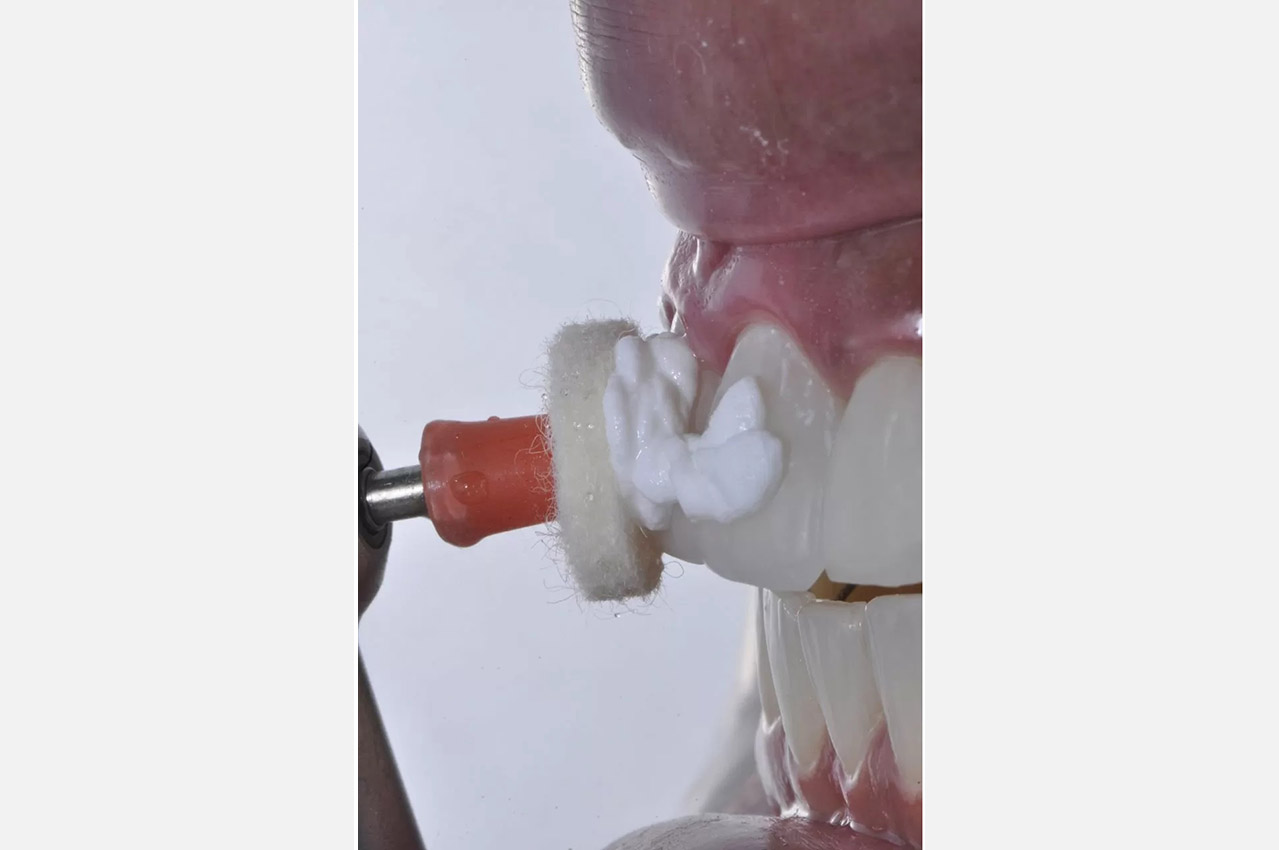
The pre-polishing was performed with Diamond ACI and ACII (FGM) pastes, using Diamond felt (FGM).
- Step 13 of 16
![Figure 22[1]](https://fgmdentalgroup.com/wp-content/uploads/2022/11/Figura20221.jpg)
Diamond R paste (FGM)(12 micrometers) was used for polishing with wet Diamond and Diamond Flex felts.
- Step 14 of 16
![Figure 23[1]](https://fgmdentalgroup.com/wp-content/uploads/2022/11/Figura20231.jpg)
- The last polishing step is carried out with Diamond Excel diamond paste (2 to 4 micrometers). Because it is a diamond paste it allows the polishing of the composite resin Vittra APS Unique and the adjacent enamel.
- Step 15 of 16
![Figure 24[1]](https://fgmdentalgroup.com/wp-content/uploads/2022/11/Figura20241.jpg)
- Final result.
- Step 16 of 16
![Figure 25B[1]](https://fgmdentalgroup.com/wp-content/uploads/2022/11/Figura2025B1.jpg)
- Details of the reanatomization with Vittra APS Unique resin in side view.
- Step 1 of 20
![2A[1]](https://fgmdentalgroup.com/wp-content/uploads/2022/11/2A1-1.jpg)
- Posterior teeth: initial image showing restoration.
- Step 2 of 20
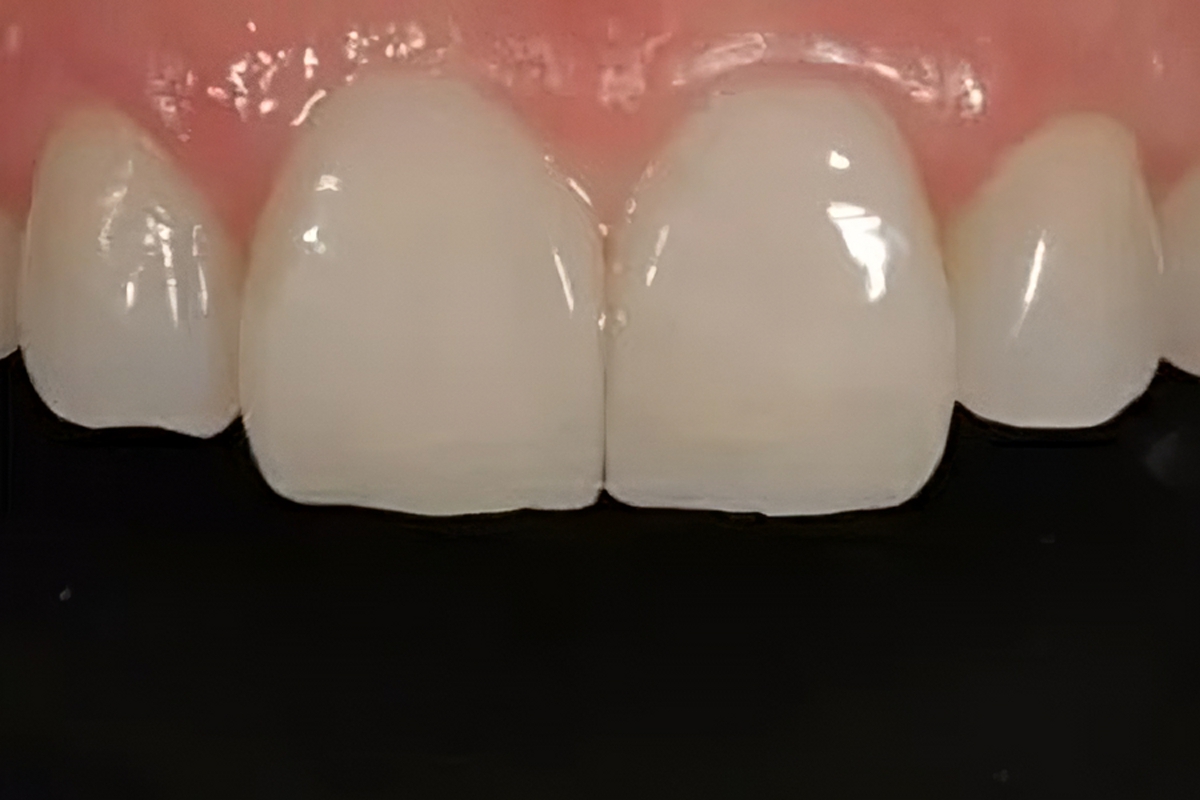
- Acid conditioning of cavosuperficial enamel with Condac 37% for 15 seconds.
- Step 3 of 20
![4a[1]](https://fgmdentalgroup.com/wp-content/uploads/2022/11/4a1-1.jpg)
- Use of the Ambar Universal APS adhesive for adhesion.
- Step 4 of 20
![4b[1]](https://fgmdentalgroup.com/wp-content/uploads/2022/11/4b1-1.jpg)
- Application of Ambar Universal APS, in dry dentin, by the self-conditioning technique. Note the translucent aspect of it, due to APS technology.
- Step 5 of 20
![4c[1]](https://fgmdentalgroup.com/wp-content/uploads/2022/11/4c1.jpg)
- Adhesive applied and photoactivated.
- Step 6 of 20
![5[1]](https://fgmdentalgroup.com/wp-content/uploads/2022/11/51-4.jpg)
- Unichromatic resin Vittra APS Unique.
-Step 7 of 20
![6a[1]](https://fgmdentalgroup.com/wp-content/uploads/2022/11/6a1-1.jpg)
- Beginning of the incremental application of the Unique resin. Note the opaque white appearance of the resin before photoactivation.
- Step 8 of 20
![6b[1]](https://fgmdentalgroup.com/wp-content/uploads/2022/11/6b1.jpg)
- Occlusal view of resin increment and opaque white coloration.
- Step 9 of 20
![6d[1]](https://fgmdentalgroup.com/wp-content/uploads/2022/11/6d1.jpg)
- Photoactivation
- Step 10 of 20
![6e[1]](https://fgmdentalgroup.com/wp-content/uploads/2022/11/6e1.jpg)
- Note the chromatic integration of the Unique resin after photoactivated. The resin absorbs the colors of the side walls of the cavity, mimicking the color of the tooth.
- Step 11 of 20
![7a[1]](https://fgmdentalgroup.com/wp-content/uploads/2022/11/7a1-1.jpg)
- Reconstruction of the ML cusp.
- Step 12 of 20
![7b[1]](https://fgmdentalgroup.com/wp-content/uploads/2022/11/7b1.jpg)
- Photoactivation.
- Step 13 of 20
![7c[1]](https://fgmdentalgroup.com/wp-content/uploads/2022/11/7c1.jpg)
- Chromatic result after photoactivation.
- Step 13 of 20
![8a[1]](https://fgmdentalgroup.com/wp-content/uploads/2022/11/8a1-1.jpg)
- Reconstruction of the MV cusp.
- Step 14 of 20
![8b[1]](https://fgmdentalgroup.com/wp-content/uploads/2022/11/8b1.jpg)
- Photoactivation.
- Step 15 of 20
![9a[1]](https://fgmdentalgroup.com/wp-content/uploads/2022/11/9a1-1.jpg)
- Chromatic result and reconstruction of the DV cusp. Note the chromatic difference of the resin before and after photoactivated.
- Step 16 of 20
![9b[1]](https://fgmdentalgroup.com/wp-content/uploads/2022/11/9b1-1.jpg)
-Photoactivation.
- Step 17 of 20
![10[1]](https://fgmdentalgroup.com/wp-content/uploads/2022/11/101.jpg)
- Restoration finished. Note the incredible chromatic mimicry of Vittra APS Unique resin.
- Step 18 of 20
![11[1]](https://fgmdentalgroup.com/wp-content/uploads/2022/11/111-1.jpg)
- Result after polishing of the restoration.
- Step 19 of 20
![12a[1]](https://fgmdentalgroup.com/wp-content/uploads/2022/11/12a1.jpg)
- Final result after removal of insulation. Note how the resin absorbed the optical characteristics of the dental structure, integrating completely with the tooth, producing a unichromatic restoration, with polychromatic effect.
- Step 20 of 20
![12b[1]](https://fgmdentalgroup.com/wp-content/uploads/2022/11/12b1.jpg)
- Highlight of the returned anatomy and chromatic integration of the resin.






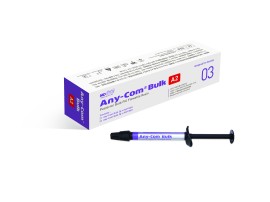
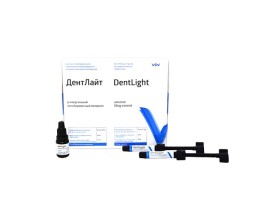
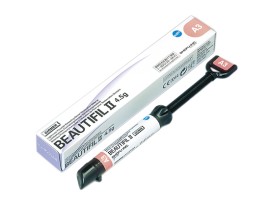
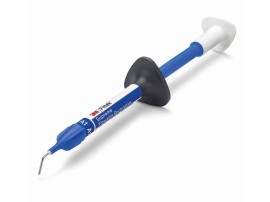
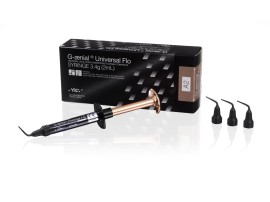
-thumb_270.jpg)
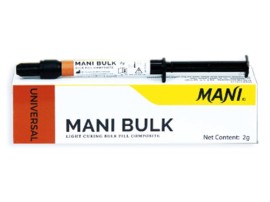
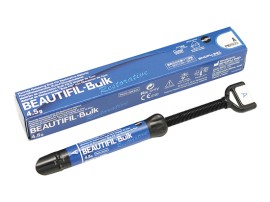
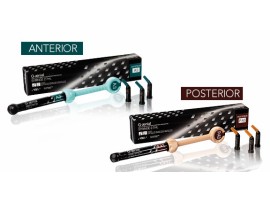
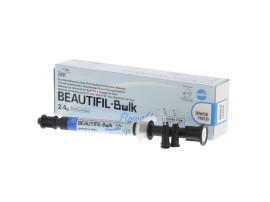
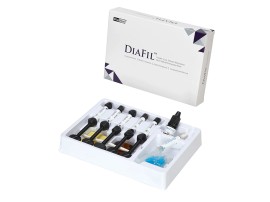
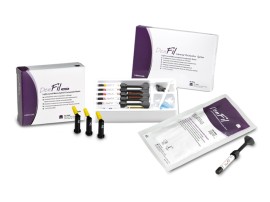



0 Review for “Vittra APS Unique | Sub-Micrometric Universal-Chroma Composite”
5 Stars
0%
4 Stars
0%
3 Stars
0%
2 Stars
0%
1 Stars
0%